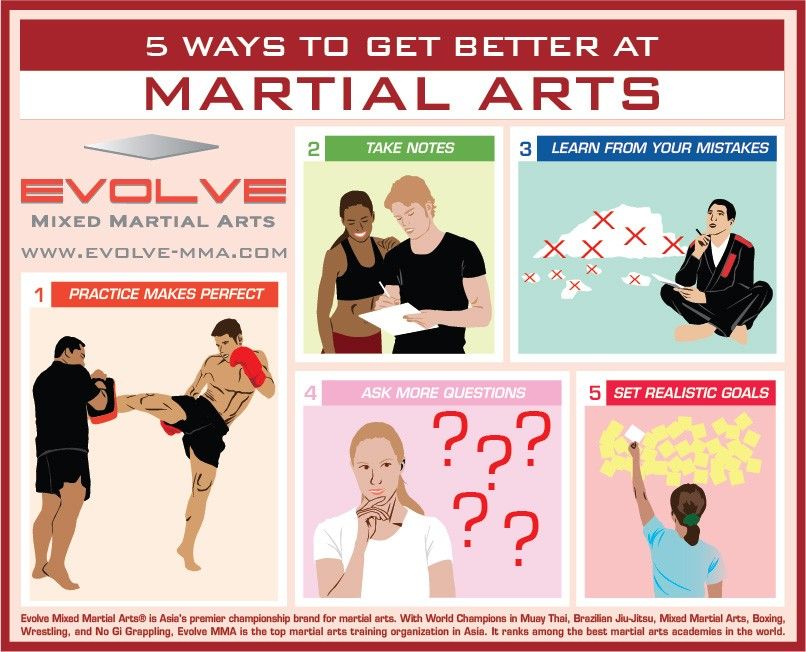The Advancement And Historical Context Of Martial Arts Worldwide
The Advancement And Historical Context Of Martial Arts Worldwide
Blog Article
Material By-Hess Liu
Martial arts have a remarkable background that extends centuries and continents. You may discover it appealing just how old techniques like Shuai Jiao and Kalaripayattu laid the groundwork for modern battle techniques. These disciplines not only stress physical skills but additionally reflect the societies that birthed them. As you explore their advancement, think about how globalization has actually transformed these traditional kinds into crossbreed styles. What influences do you assume have formed today's martial arts landscape?
Ancient Martial arts: The Foundations of Battle
As you look into the globe of ancient martial arts, you'll find the abundant foundations that formed combat techniques across cultures. Early methods concentrated on Self-Defense and survival, frequently incorporating strikes, hurting, and weaponry.
In old China, for example, methods like Shuai Jiao stressed tosses and joint locks, while India's Kalaripayattu showcased agility and fluid activity. Japanese samurai developed Kenjutsu, a polished swordsmanship that highlighted technique and technique.
These martial arts offered not just for battle but additionally as a way of personal advancement, instilling worths like respect and willpower. premier martial arts curriculum mixing of these strategies over time laid the groundwork for the diverse martial arts you see today, each reflecting the distinct viewpoints and requirements of its culture.
The Cultural Influence on Martial Arts Development
While martial arts commonly reflect the sensible needs of a society, they also symbolize the cultural worths and beliefs of their beginnings. When you explore different martial arts, you'll see how they're affected by religious beliefs, ideology, and social standards.
For instance, the focus on regard and technique in Japanese martial arts originates from Zen Buddhism and samurai culture. On the other hand, Brazilian Jiu-Jitsu promotes flexibility and approach, formed by the demand for effectiveness in a diverse, modern atmosphere.
You might locate that the routines, uniforms, and training methods show a neighborhood's history and identity. By recognizing these social influences, you deepen your appreciation of martial arts and their role in shaping human experiences across the globe.
Modern Adaptations and the Globalization of Martial arts
Martial arts have changed significantly in current decades, adjusting to contemporary culture and international influences. You'll discover that standard kinds have combined with modern-day techniques, producing hybrid styles like MMA. find out here cater to varied audiences, making martial arts obtainable and attractive worldwide.
With the surge of social media sites and digital systems, you can discover tutorials and competitions from all edges of the world, breaking geographical barriers. This globalization has brought about a shared admiration for various techniques, from Brazilian Jiu-Jitsu to Taekwondo.
As you engage with these arts, you'll realize they're not nearly fight; they promote fitness, technique, and mental well-being.
Ultimately, contemporary adjustments have enhanced the martial arts landscape, making it a dynamic and progressing technique.
Conclusion
In discovering the background and evolution of martial arts, you uncover a fascinating mix of methods, cultures, and ideologies. From impact martial arts like Shuai Jiao and Kalaripayattu to the modern-day flexibility seen in mixed martial arts, martial arts reflect humanity's quest for Self-Defense and personal development. As hop over to this web-site involve with these techniques, you not only gain abilities however likewise a deeper admiration for the varied customs that shape our globe today. So, continue your journey and accept the art of combat!
